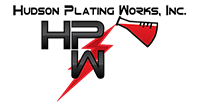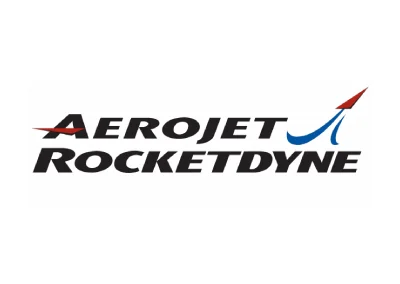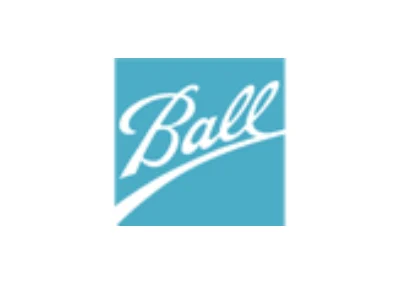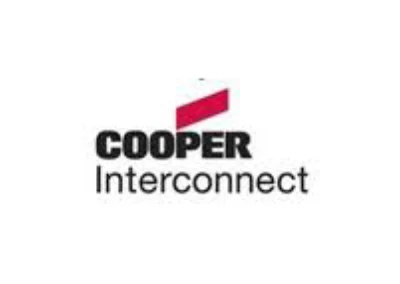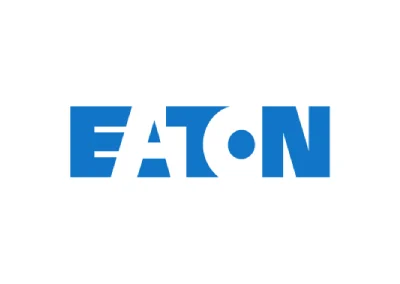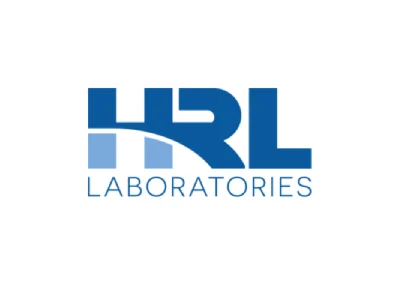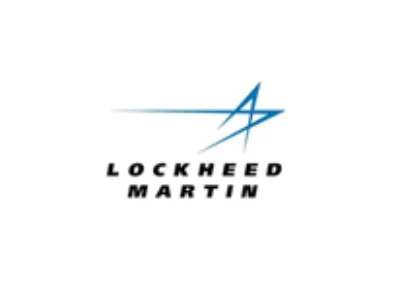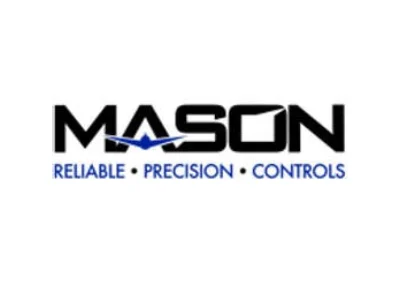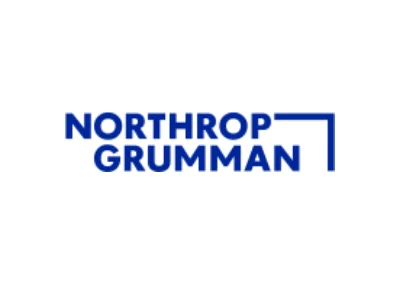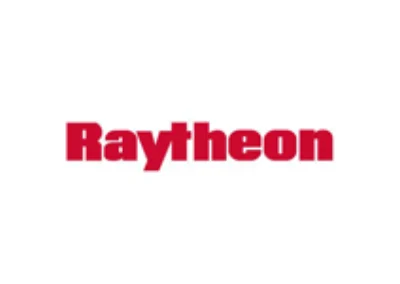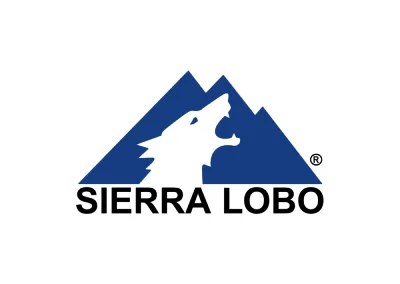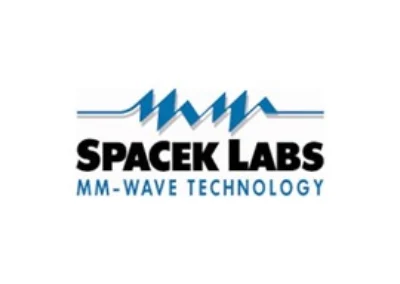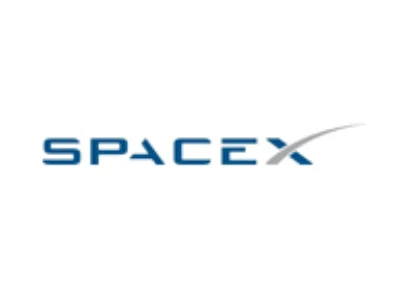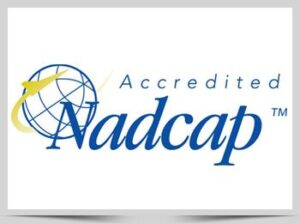Electroless Nickel
Hudson Plating Works has many decades of experience with electroless nickel plating to the highest aerospace and military standards. We offer low, mid and high concentrations of phosphorous contents in the nickel deposit, depending on your needs and specifications. These options allow us to meet your requirements for hardness, corrosion resistance and magnetism. We also offer post-plating baking to increase the Rockwell hardness of the nickel plating above RC 65, if required.
The Hudson Plating Works electroless nickel plating line provides quality plating in accordance with electroless nickel specifications MIL-C-26974, AMS 2404, ASTM-B733, as well as other industry and customer specific specifications.
- Low-phosphorus electroless nickel
- Medium-phosphorus / Mid-phos electroless nickel
- High-phosphorous electroless nickel
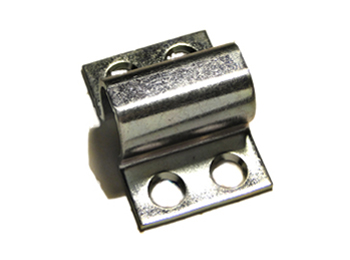
Electroless nickel plating is an autocatalytic process and does not use externally applied electric current to produce the deposit. The electroless process deposits a uniform coating thickness, regardless of the shape of the part or its surface irregularities.
This uniform hard deposition provides protection from from oxidation, corrosion and wear.
Low-phosphorus electroless nickel yields the brightest and hardest deposits. Hardness ranges from 60-70 RC. Low-phosphorus content improves soldering and brazing performance. low-phosphorus electroless nickel plating conforms to ASTM 733 B, Type III, and MIL-C-26074 as described in the specification summary.
Medium-phosphorus or mid-phos is the most widely used electroless nickel bath. If phosphorus content is not specified, mid-phos will likely be chosen by the finisher. The hardness is typically 40 RC. Porosity is lower, and conversely corrosion resistance is higher than low-phos electroless nickel. Nu-Metal’s mid-phosphorus electroless nickel plating conforms to ASTM 733 B, Type IV, and MIL-C-26074 as described in the specification summary.
High-phosphorous electroless nickel is dense and dull in comparison to the mid- and low-phosphorus deposits. High-phosphorus exhibits the best corrosion resistance of the electroless nickel family; however, the deposit is not as hard as the lower phosphorus content. Hardness may be improved by heat treating. High-phosphorus is a virtually non-magnetic coating. Hudson Plating’s high-phosphorus electroless nickel plating conforms to ASTM 733 B, Type V and MIL-C-26074 as described in the specification summary.
Hydrogen embrittlement relief bake may be required for hard-enable steel and stainless steel. Within 4 hours after plating, coated Class 1 and 2 steel parts which have a hardness of RC 40 or above shall require a bake at 375°C ±25°F for not less than 3 hours. Heat treatments of Class 2 hardness coatings shall have a minimum hardness of 800 Knoop or equivalent. The hardness can be achieved by heating the part in accordance with the schedule given in the specification. Class 3 hardness coatings. Coated non-heat-treatable aluminum parts shall be heated for 1 to 1-1/2 hours at 375°F±15°F (191°C±8°C) to improve adhesion of nickel. Class 4 coatings. Coated heat-treatable aluminum alloys shall be heated between 240°C to 260°F (116°C to 127°C) for 1 to 1-1/2 hours to improve adhesion of nickel.
All analytical and testing compliance is performed by the HPW in-house laboratory. Thickness and adhesion verification, hardness of electroless nickel plated deposition, cross-section thickness analysis, hydrogen embrittlement relief, corrosion resistance (salt spray), solution analysis, and composition (phosphorus) testing are a sample of Electroless Nickel plating specification requirements. Inspection and testing are completed and documented for assurance of compliance to all specification and customer requirements.
